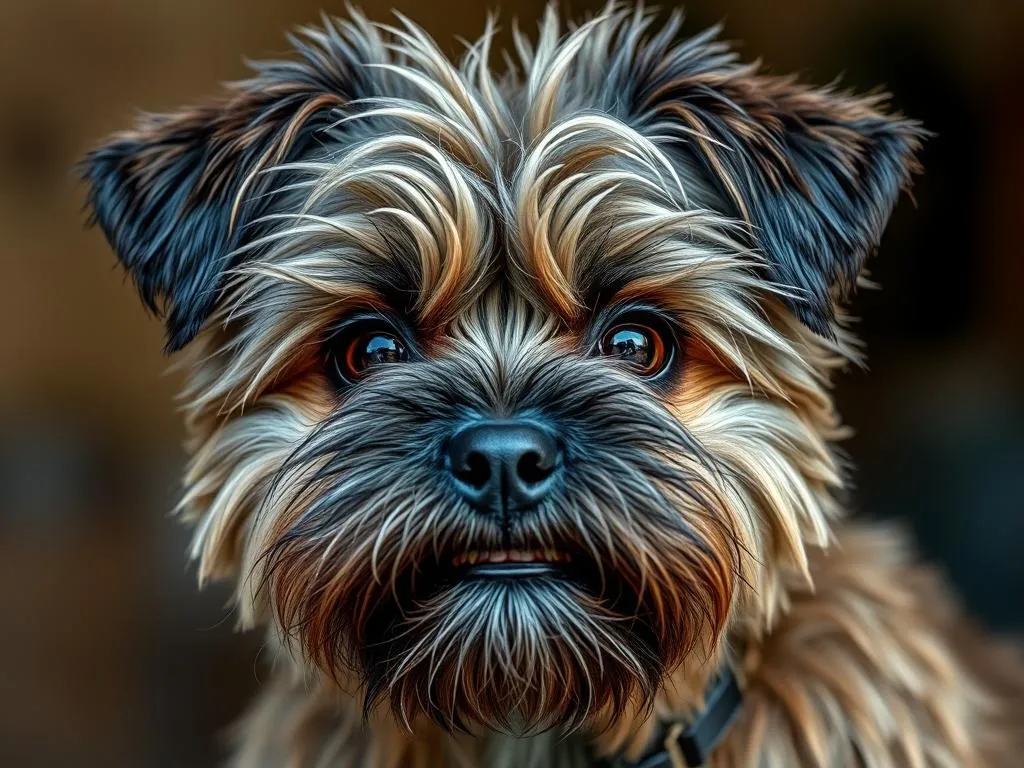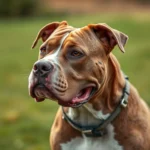
Introduction
The world of dog breeds is incredibly diverse, offering a wide array of sizes, temperaments, and appearances. Among these breeds, the Brussels Griffon stands out as a unique and charming companion. Originally hailing from Brussels, Belgium, this breed has captured the hearts of many dog lovers with its distinctive look and lively personality. For prospective dog owners, understanding the characteristics, care requirements, and history of different breeds is essential for making informed decisions. In this article, we will delve into the fascinating world of the Brussels Griffon, exploring its history, physical traits, temperament, care needs, and more.
History of the Brussels Griffon
Origins
The Brussels Griffon has a rich history that dates back to the 19th century in Brussels, Belgium. Originally bred as a ratter, this breed was developed to control vermin in stables and homes. The small size and tenacious nature of the Brussels Griffon made it well-suited for this task. Over time, these dogs captured the affection of the local aristocracy, leading to their popularity as companion animals.
Development
The evolution of the Brussels Griffon is intertwined with the influence of other breeds. The Affenpinscher, known for its monkey-like face, and the English Toy Spaniel both played significant roles in shaping the Griffon’s appearance and temperament. These influences contributed to the breed’s distinct facial features and lively demeanor, which are now hallmarks of the Brussels Griffon.
Recognition
The Brussels Griffon gained official recognition from various kennel clubs throughout the 20th century. The American Kennel Club (AKC) recognized the breed in 1910, and since then, it has steadily gained popularity, becoming a cherished member of many households. Today, the Brussels Griffon is celebrated for its unique character and is a favorite among dog enthusiasts.
Physical Characteristics
Size and Weight
The Brussels Griffon is classified as a toy breed, typically weighing between 8 to 12 pounds. This small size makes them ideal for apartment living or homes with limited space. When compared to other toy breeds, such as the Chihuahua and Pomeranian, the Brussels Griffon maintains a sturdy and robust build, providing a delightful balance of compactness and resilience.
Coat Types
One of the most distinguishing features of the Brussels Griffon is its coat, which comes in two varieties: rough and smooth. The rough coat is dense and wiry, giving the dog a distinctive, tousled appearance, while the smooth coat is short and sleek. Both coat types can exhibit various color combinations, including red, black, and tan. The diversity in coat and color adds to the breed’s unique charm.
Distinctive Features
The Brussels Griffon is easily recognizable due to its unique facial structure. With a short snout, large expressive eyes, and a characteristic beard, this breed exudes personality. The compact size and rounded head contribute to its endearing appearance, making it a favorite among dog lovers. These distinctive features are essential for breed identification and contribute to the Griffon’s overall appeal.
Temperament and Behavior
Personality Traits
Known for their affectionate and lively nature, Brussels Griffons are often described as “big dogs in small bodies.” They are known to be loyal companions, forming strong bonds with their owners. While they can be somewhat independent, their playful and curious personalities make them delightful pets. Each dog may exhibit varying personality traits, influenced by genetics, socialization, and individual experiences.
Interaction with Families
The Brussels Griffon is generally well-suited for families, including those with children. Their playful demeanor and affectionate nature make them excellent companions for kids. However, early socialization is crucial to ensure they interact positively with children and other pets. With proper training and exposure, the Brussels Griffon can thrive in a family setting.
Training and Intelligence
Intelligent and eager to please, the Brussels Griffon responds well to positive reinforcement training techniques. While they may exhibit a stubborn streak at times, consistent and gentle training methods yield effective results. Engaging in obedience training and mental stimulation activities can enhance their intelligence and strengthen the bond between owner and pet.
Care and Maintenance
Grooming Requirements
Grooming is an essential part of caring for a Brussels Griffon, particularly for those with rough coats. Rough-coated Griffons require regular brushing to prevent matting and maintain coat health. Smooth-coated Griffons need less grooming but still benefit from regular brushing to minimize shedding. Bathing should be done as needed, and regular nail trimming and dental care are important to ensure overall hygiene.
Nutrition and Diet
A balanced diet is vital for the health and well-being of the Brussels Griffon. High-quality dog food formulated for small breeds is typically recommended. It’s essential to monitor their weight, as this breed can be prone to obesity. Consulting with a veterinarian about dietary needs and potential health concerns related to nutrition is advisable to ensure a healthy diet.
Exercise Needs
Despite their small size, Brussels Griffons require regular exercise to maintain their health and happiness. Daily walks, playtime, and mental stimulation activities are essential for keeping them physically and mentally engaged. They enjoy interactive play and can adapt well to various exercise routines, making them suitable companions for active individuals or families.
Health Considerations
Common Health Issues
Like all breeds, the Brussels Griffon is prone to specific health concerns. Common issues include respiratory problems due to their short snouts, dental problems, and eye conditions such as cataracts and corneal ulcers. Regular veterinary check-ups are essential for early detection and management of these potential health issues, ensuring a longer, healthier life for the dog.
Lifespan
The average lifespan of a Brussels Griffon ranges from 12 to 15 years. Factors influencing longevity include genetics, overall health, diet, and level of care. Providing a loving environment, regular veterinary care, and a balanced diet can contribute to a longer, healthier life for these charming companions.
Preventive Care
Preventive care is crucial for the health of a Brussels Griffon. Regular vaccinations, parasite prevention, and dental care are vital components of their health regimen. Establishing a routine veterinary check-up schedule allows for timely interventions and monitoring of any health concerns, ensuring the best possible quality of life.
Finding a Brussels Griffon
Choosing a Reputable Breeder
When looking to add a Brussels Griffon to your family, it’s essential to choose a reputable breeder. Responsible breeders prioritize health testing and socialization, ensuring that their puppies are well-adjusted and free from genetic issues. Potential owners should ask about health clearances, the puppy’s living conditions, and the breeder’s experience with the breed.
Adoption Options
Adopting a Brussels Griffon from a shelter or rescue organization is a wonderful option for those looking to provide a loving home to a dog in need. Many Brussels Griffons are available through breed-specific rescues, and adopting can be a fulfilling way to welcome a new companion into your life. Benefits of adoption include saving a life and often a lower initial cost compared to purchasing from a breeder.
Cost Considerations
The cost of purchasing a Brussels Griffon can vary significantly, typically ranging from $1,500 to $3,000, depending on factors like breeder reputation and location. Additionally, prospective owners should consider ongoing costs, including food, grooming, routine veterinary care, and pet insurance. Budgeting for these expenses is crucial for responsible pet ownership.
Conclusion
The Brussels Griffon is a delightful breed characterized by its unique appearance, affectionate personality, and playful nature. Understanding the breed’s history, physical characteristics, temperament, and care requirements can help potential owners make informed decisions. While the Brussels Griffon may suit various lifestyles, it’s essential to consider your individual circumstances and ensure that you can meet the needs of this charming companion.
In summary, the Brussels Griffon offers a wealth of joy and companionship to those who welcome them into their homes. With the right care, training, and love, these dogs can thrive, bringing happiness and warmth to their families for many years to come.









